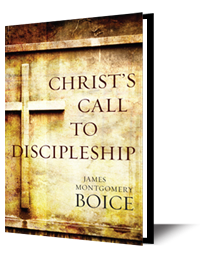Getting Ready for Christmas, Part 4
- What work of Christ did John's ministry prepare for?
- What is the baptism of the Holy Spirit that John spoke of?
- Contrast outward versus inward baptism.
- What did the sacrificial lamb symbolize?
Think and Act Biblically from James Boice is a devotional of the Alliance of Confessing Evangelicals. It is supported only by its readers and gracious Christians like you. Please prayerfully consider supporting Think and Act Biblically and the mission of the Alliance.


















